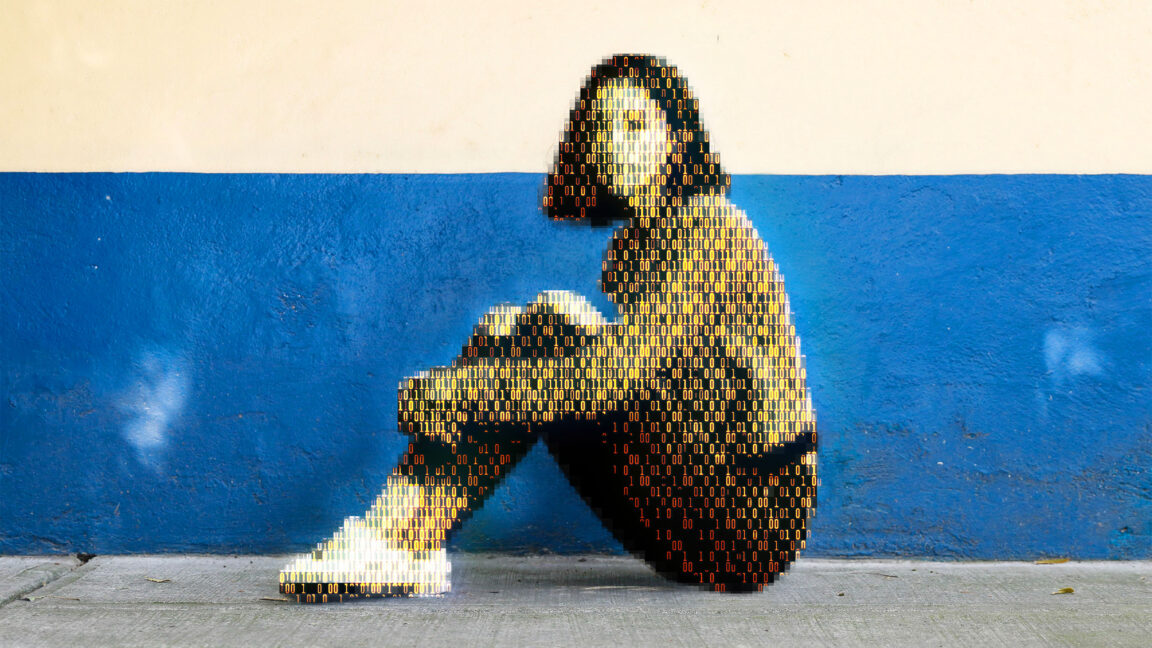- cross-posted to:
- hackernews
- technology@lemmy.world
- cross-posted to:
- hackernews
- technology@lemmy.world
Today, a prominent child safety organization, Thorn, in partnership with a leading cloud-based AI solutions provider, Hive, announced the release of an AI model designed to flag unknown CSAM at upload. It’s the earliest AI technology striving to expose unreported CSAM at scale.



And will we get that technology to keep the Fediverse and free platforms safe? Probably not. All the predecessors have been kept away for sole use of the big players, despite populism always claiming we need to introduce total surveillance to keep the children safe…
I was going to say… Sure would be nice to have this feature in all the open source AI image generator tools but you’re absolutely right 😩
Yeah, unless someone publishes even a set of hashes of known bad content for the general public… I kind of doubt the true intentions are preventing CSAM to the benefit of everyone.
IFTAS is already working with Thorn towards this goal. But you already have access to such technology through my toolset.
This one? I loosely followed your work… Maybe I should try it someday. See how it does on a regular VPS. Thanks for the link to the IFTAS. Seems they have curated some useful links… I’ll have a look at their articles. Hope they get somewhere with that. At this point, I don’t think there is any blocklist accessible to the average Fediverse admin?!
Edit: Thx, saw your other comment with the link to horde-safety.
Ye, a normal VPS would be too slow for production use, as a GPU is recommended. But you can plug in any home PC to do it without risks
Do you think this approach would be worth a try for the threaded Fediverse (aka Lemmy)? I mean your use-case is very different. We have some rudimentary image detection to flag other kinds of unwanted images in Piefed. I could experiment with something like https://github.com/monatis/clip.cpp. Have it go through the media cache and see if it can do something useful for us. But I don’t think it’d be worth all the effort unless the whole approach is somewhat accurate and runs in real time on average VPSes.
This approach was developed precicely for threaded fediverse. The initial use-case was protecting my own lemmy from CSAM! Check out fedi-safety and pictrs-safety
If everyone has access to the model it becomes much easier to find obfuscation methods and validate them. It becomes an uphill battle. It’s unfortunate but it’s an inherent limitation of most safeguards.
You’re probably right. I’m not sure if it’s a good idea to walk close to the edge with things like this, though. Every update to the detection model could change things and get them in jail… So I certainly wouldn’t play a cat and mouse game with something that has several years of jailtime attached… But then I don’t really know the thought process of the average pedo. And AI image detection comes with problems anyways. In the article they say it detected 6 million pictures already. While keeping quiet about the rate of false positives. We know people have gotten in serious trouble for (false) claims. And I also wouldn’t want to be the Fediverse admin who has to go through thousands of flagged pictures and look at them and decide which is which. With consequences attached… Maybe a database of hashes would be the only option. That doesn’t detect new pictures, but at the same time it comes without flase positives and you can’t draw conclusions from hash values.